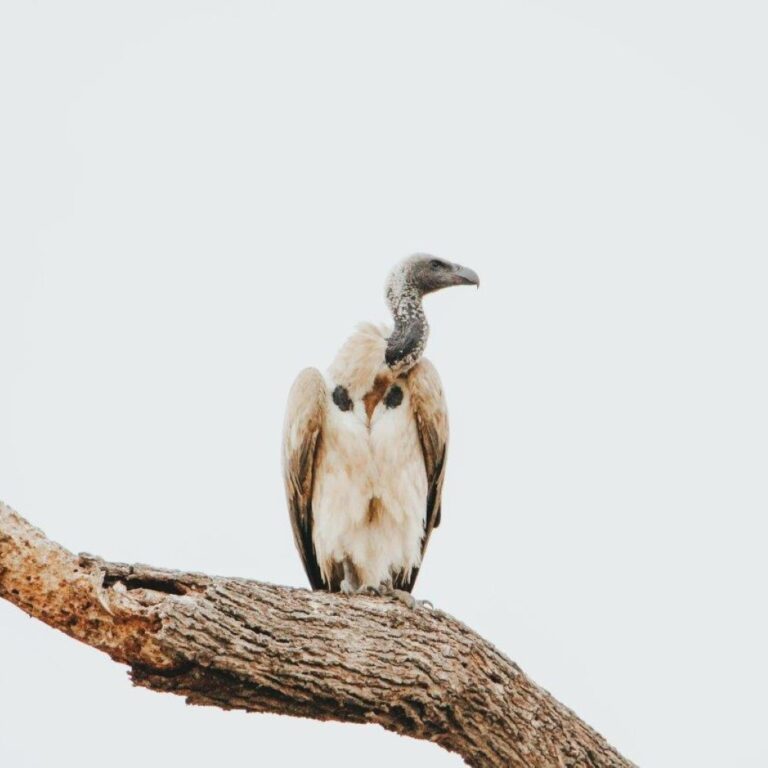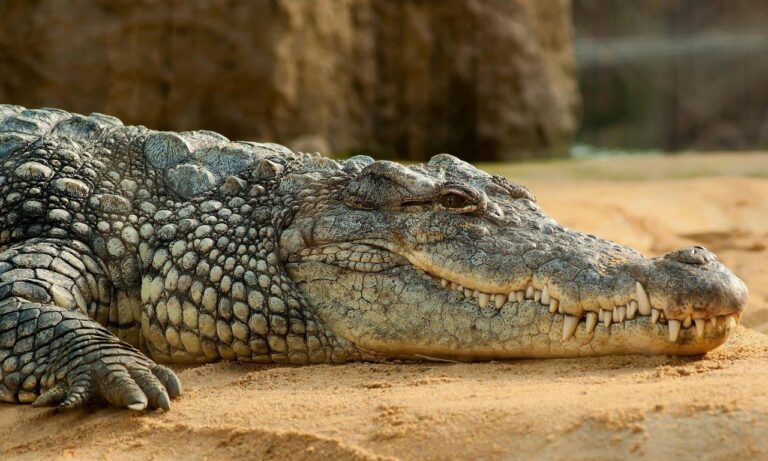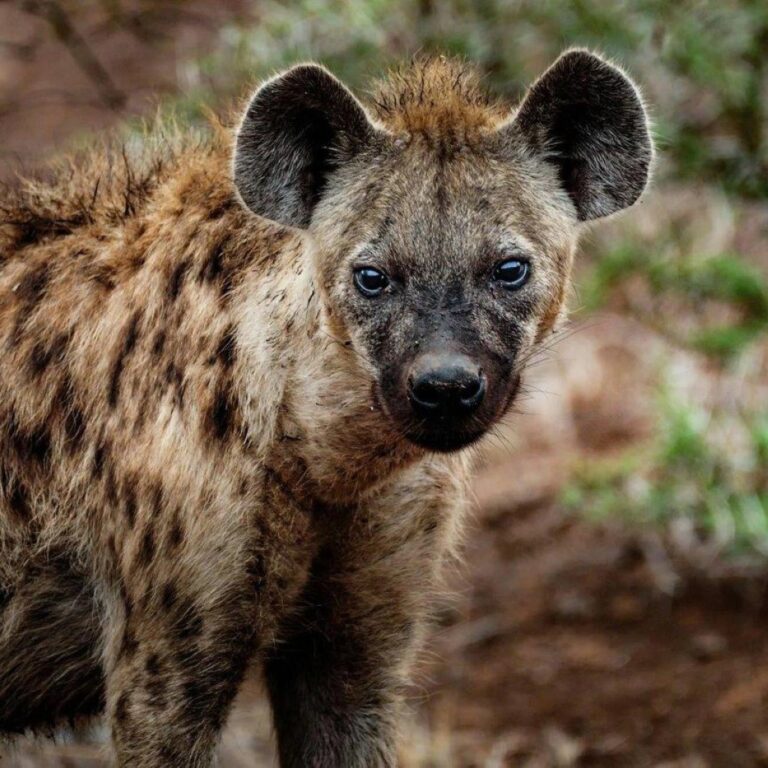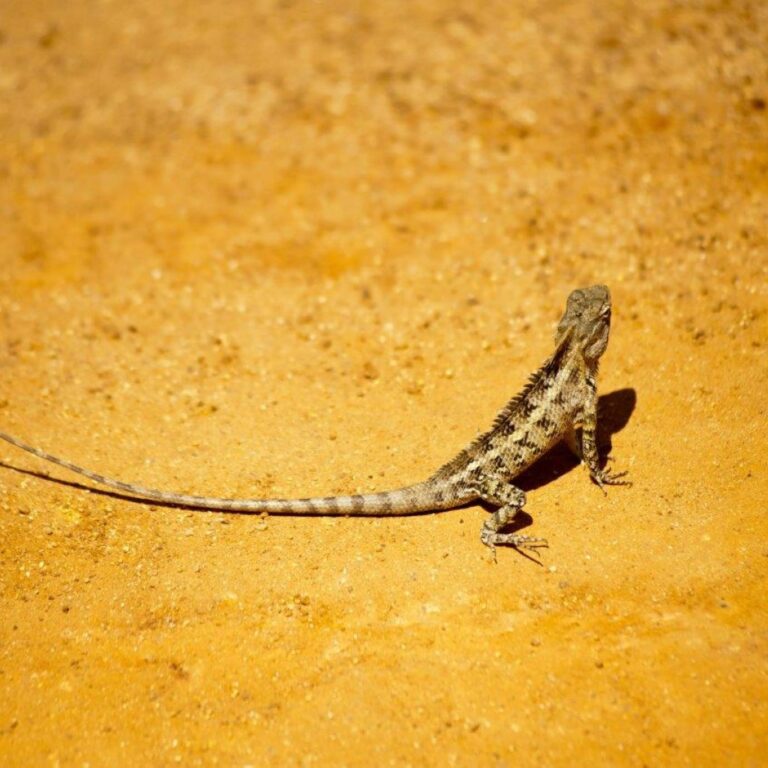There are 23 species divided into two groups: Old World vultures, found in Africa, Europe, and Asia, and New World vultures, found in the Americas. Despite their similarities, these two groups are not closely related and evolved independently.
Vultures have bald heads, which helps them stay clean while feeding on carcasses. The lack of feathers prevents blood and other fluids from sticking to their heads and makes it easier for them to stay hygienic.
Vultures have incredibly strong stomach acid that allows them to digest rotting meat without getting sick. This adaptation helps them break down bacteria and toxins that would be harmful to other animals.
The largest vulture species is the Andean condor, which has a wingspan of up to 10.5 feet. It is also one of the heaviest flying birds, weighing up to 33 pounds.
They play a critical role in preventing the spread of disease by consuming dead animals that might otherwise harbor pathogens. By cleaning up carcasses, they help maintain the health of their ecosystems.
Vultures are highly efficient flyers and can soar for hours without flapping their wings, using thermals (rising warm air currents) to stay aloft while searching for food.
Some vulture species, like the turkey vulture, have an excellent sense of smell, which they use to locate carcasses from miles away. Most birds rely on sight to find food, but the turkey vulture's keen sense of smell sets it apart.
Vultures have strong, curved beaks that are perfectly adapted for tearing through tough skin and muscle. Their powerful beaks allow them to access the nutritious meat inside carcasses.
The Rüppell's griffon vulture holds the record for the highest altitude flight of any bird, reaching heights of over 37,000 feet. This remarkable achievement was recorded when a vulture collided with an airplane over West Africa.
They are social birds and often feed in large groups, known as wakes, at carcasses. This social behavior helps them quickly locate food and provides protection from potential threats.
The bearded vulture, also known as the lammergeier, has a unique diet that consists mainly of bones. It drops large bones from great heights to break them into smaller, more manageable pieces.
Vultures are known for their communal roosting behavior. At night, they gather in large numbers on trees or cliffs, where they rest and conserve energy for the next day's search for food.
The decline of their populations in some parts of the world, particularly in South Asia, has led to increased numbers of feral dogs and other scavengers, resulting in higher incidences of diseases such as rabies.
They have an extraordinary immune system that protects them from the harmful bacteria found in decaying meat. Their bodies are adapted to process toxins that would be deadly to other animals.
Conservation efforts are vital for protecting vultures, as many species are threatened by habitat loss, poisoning, and hunting. Protecting their habitats and reducing the use of harmful chemicals, like veterinary drugs in livestock, is crucial for their survival.
How useful was this post?
Click on a star to rate it!



